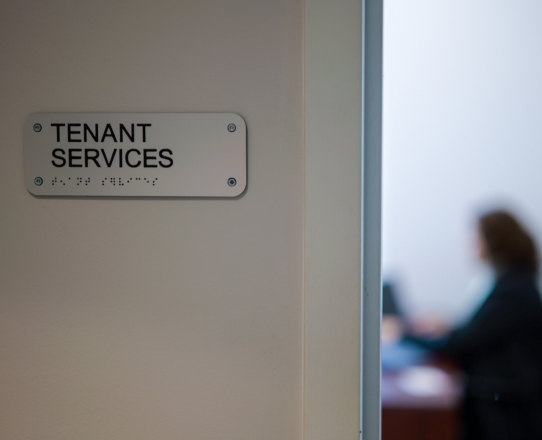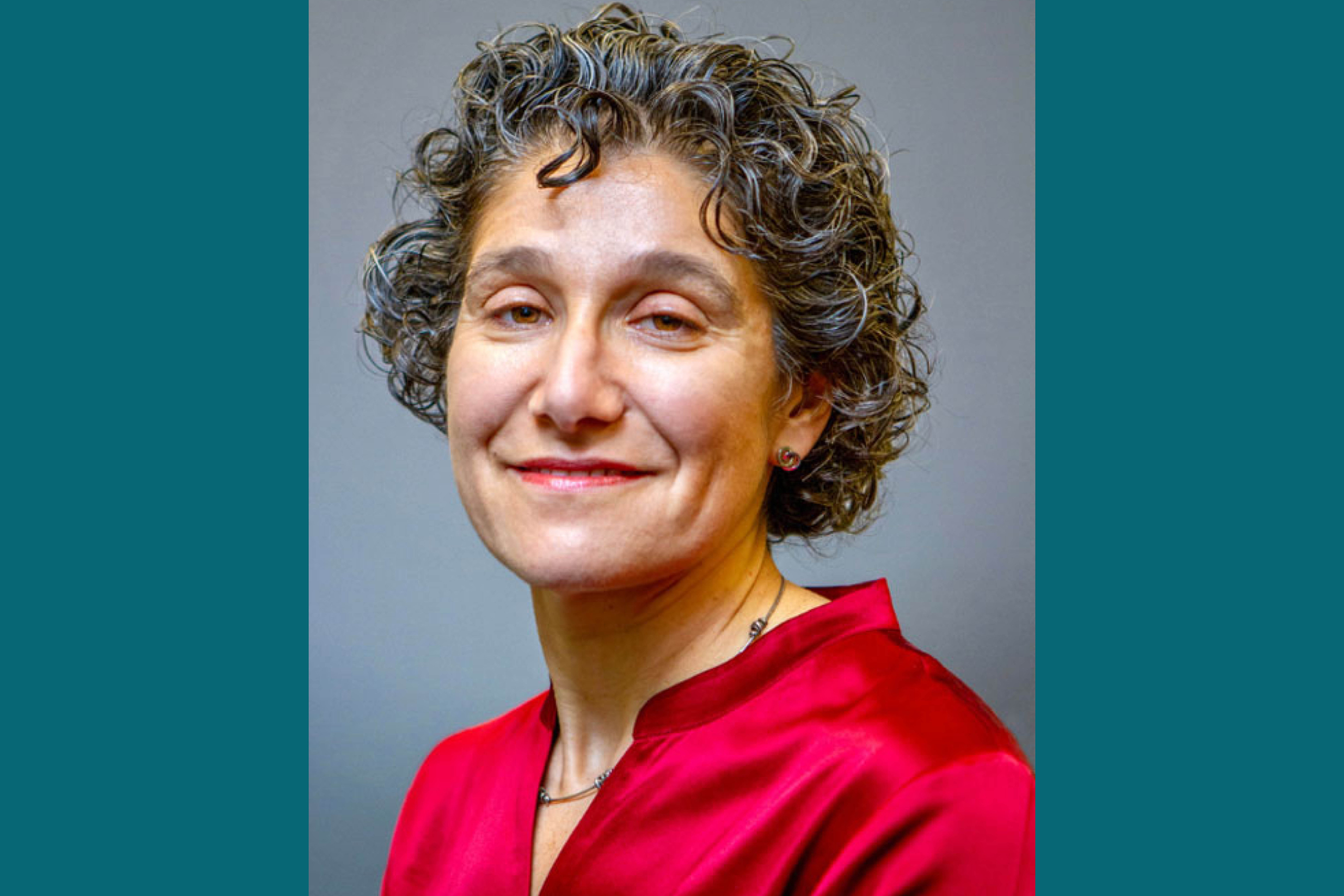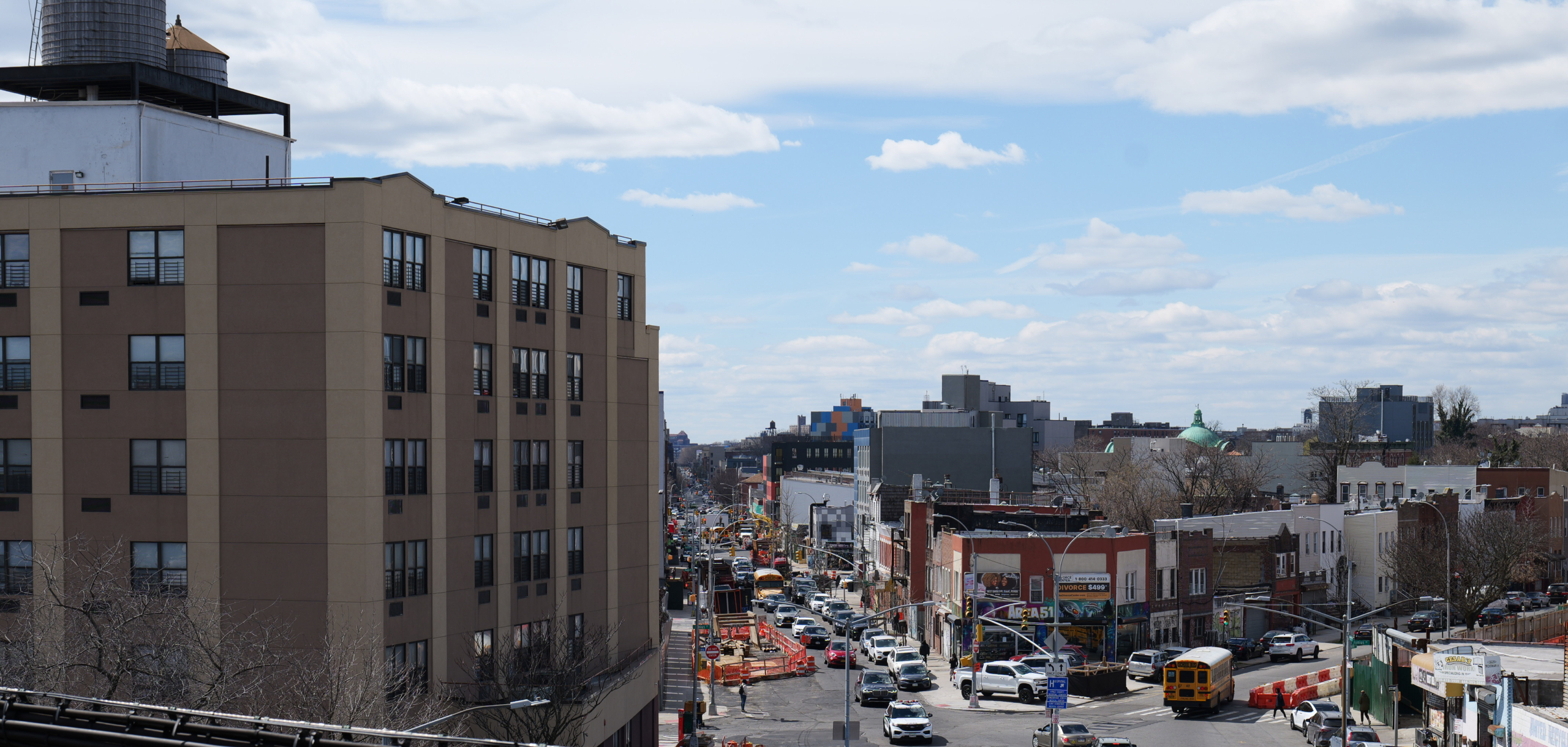Public-private coordination can change systems.
We know from experience that collaboratives work. The Food Assistance Collaborative, our first collaborative, was aimed at serving more people through New York City’s highly decentralized pantry system. Many neighborhoods were underserved and the system suffered from significant redundancies. A lack of structure or incentives to coordinate meant many of the pantries in high-need areas were left behind.
Convening the Food Assistance Collaborative allowed those actors to work together to close gaps. Our $17 million investment resulted in approximately $136 million worth of food distributed over ten years, enough to feed 300,000 New Yorkers annually.
We also convened the Collaborative for Homeless Healthcare to improve the health and housing stability of New Yorkers by ensuring they receive dignified, integrated, high-quality, person-centered care. This convening launched projects like the nurse triage line in shelters to reduce 911 calls, the first-ever fellowship in homeless primary care, record-sharing across fragmented networks of public and private homeless providers, and pilots of new care models in shelters.











